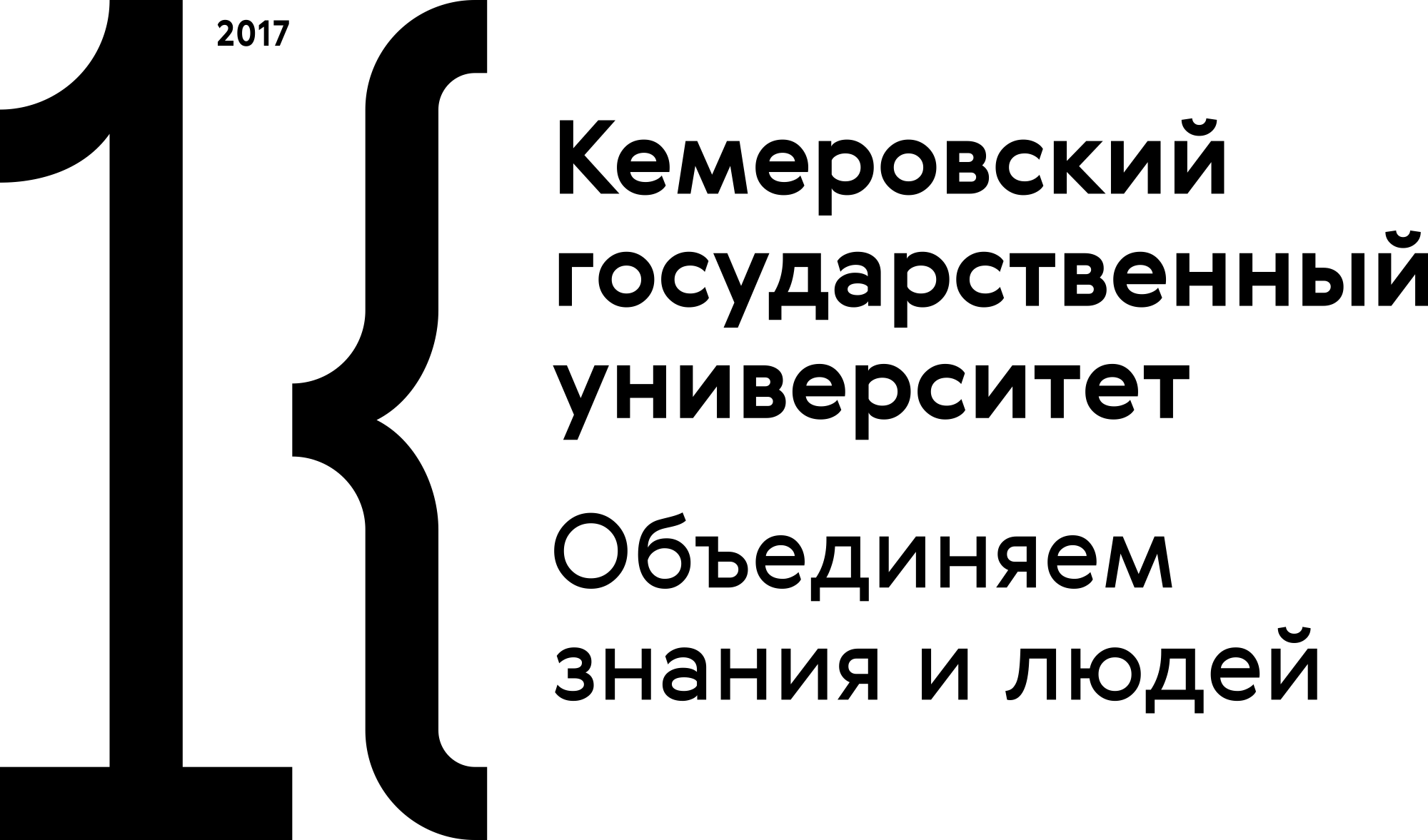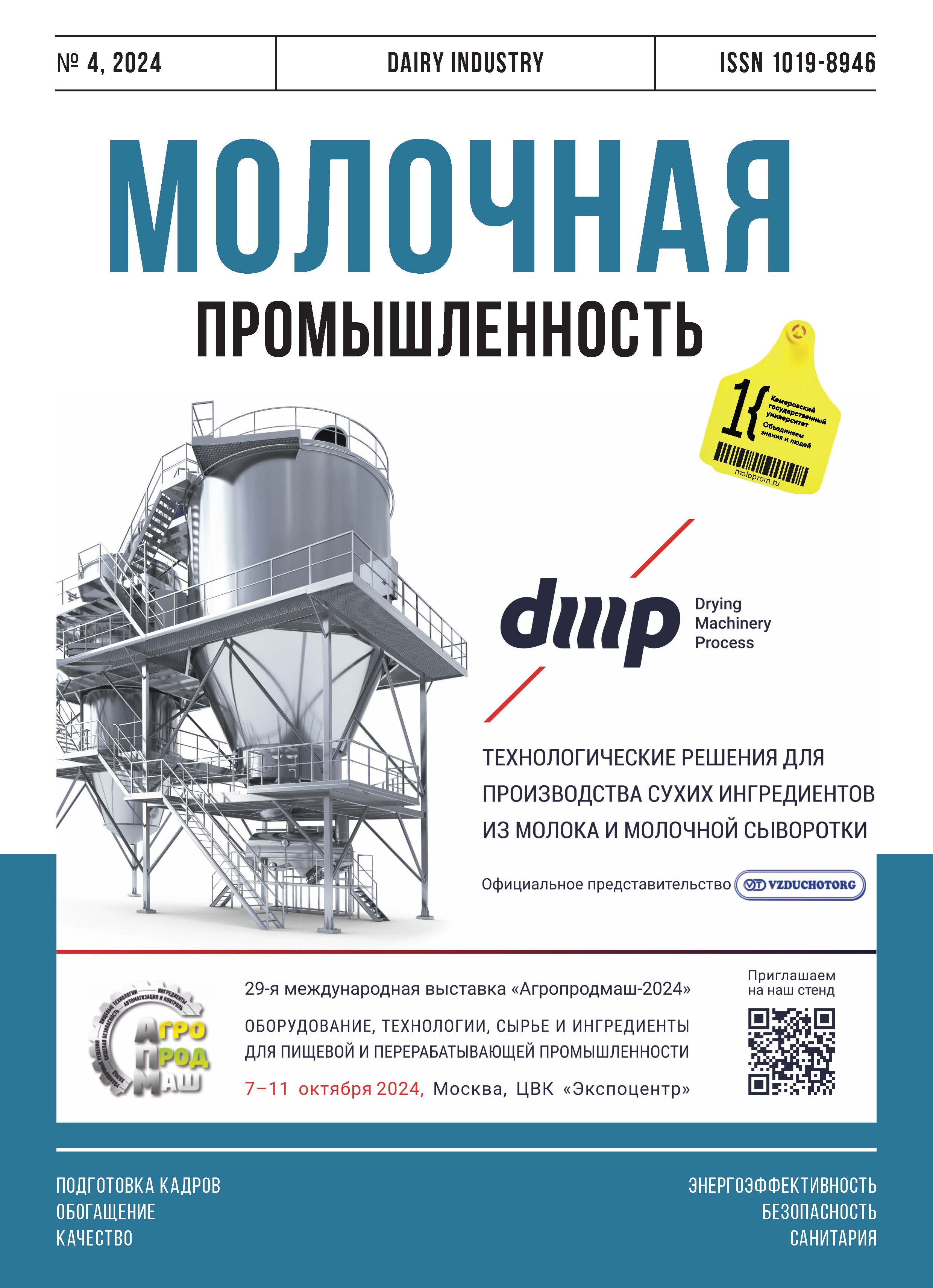с 01.01.2009 по настоящее время
Кемерово, Россия
Кемерово, Россия
с 01.01.2022 по настоящее время
Кемеровский государственный медицинский университет
с 01.01.2008 по 01.01.2023
Кемерово, Кемеровская область, Россия
Кемерово, Кемеровская область, Россия
Кемерово, Россия
Функциональные продукты, содержащие природные антиоксиданты, способствуют улучшению показателей здоровья человека и тем самым способствуют увеличению продолжительности жизни. Молоко является ценным солюбилизатором, способствующим растворению труднорастворимых (липофильных) веществ в жидкости. В работе представлены результаты исследования в условиях высокоэффективной жидкостной хроматографии с амперометрическим детектированием антиоксидантных свойсв вторичных метаболитов растений для обогащения молочных продуктов. Объектами исследования являлись биологически активные соединения, выделенные из экстрактов каллусных культур растений, выращенных в условиях in vitro на жидких питательных средах. Применение высокоэффективной жидкостной хроматографии с амперометрическим детектором для анализа антиоксидантных свойств биологически активных веществ растительного происхождения позволило определить из 8 видов индивидуальных соединений с выраженным потенциалом биологической активности следующие вещества: рутин, розмариновая кислота из Pulmonaria officinalis, транс-коричная кислота из Scutellaria baicalensis, рутин из Filipéndula ulmária. Данные соединения способны эффективно ингибировать свободнорадикальные процессы. Применение высокоэффективной жидкостной хроматографии с амперометрическим детектированием может использоваться как критерий оценки антиоксидантных свойств биологически активных веществ, выделенных из экстрактов каллусных культур.
молочные продукты, каллусные культуры, биологически активные вещества, антиоксидантная активность, высокоэффективная хроматография, амперометрическое детектирование
1. Ullah, H. Natural Polyphenols for the Preservation of Meat and Dairy Products / H. Ullah [et al.] // Molecules. 2022. Vol. 27(6). P. 1906. https://doi.org/10.3390/molecules27061906
2. Cerdá-Bernad, D. Microencapsulated saffron floral waste extracts as functional ingredients for antioxidant fortification of yogurt: Stability during the storage / Débora Cerdá-Bernad [et al.] // LWT. 2023. Vol. 184. P. 114976. https://doi.org/10.1016/j.lwt.2023.114976.
3. Luo, Y. Flavanols from Nature: A Phytochemistry and Biological Activity Review lecules / Yu Luo [et al.] // Molecules. 2022. Vol. 27(3). P. 719. https://doi.org/10.3390/molecules27030719
4. Zahrani, A. J. Viability of probiotics and antioxidant activity of soy and almond milk fermented with selected strains of probiotic Lactobacillus spp. / A. J. Zahrani [et al.] // LWT. 2023. Vol. 176. 114531. https://doi.org/10.1016/j.lwt.2023.114531
5. Park, H. Antioxidant and antigenotoxic effect of dairy products supplemented with red ginseng extract / H. Park [et al.] // Journal of Dairy Science. 2018. Vol. 101. Iss. 10. P. 8702–8710 https://doi.org/10.3168/jds.2018-14690
6. Avila-Nava, A. Supplementation with antioxidants and phenolic compounds in ruminant feeding and its effect on dairy products: a systematic review / A. Avila-Nava [et al.] // The Journal of dairy research. 2023. Vol. 90 (3). P. 216–226. https://doi.org/10.1017/S0022029923000511
7. Manzoor, A. Plant-derived active substances incorporated as antioxidant, antibacterial or antifungal components in coatings/films for food packaging applications / A. Manzoor [et al.] // Food Bioscience. 2023. Vol 53. 102717. https://doi.org/10.1016/j.fbio.2023.102717
8. Adinepour, F. Fortification/enrichment of milk and dairy products by encapsulated bioactive ingredients. / F. Adinepour [et al.] // Food Research International. 2022. Vol. 157. 111212. https://doi.org/10.1016/j.foodres.2022.111212
9. Dinda, B. Therapeutic potentials of baicalin and its aglycone, baicalein against inflammatory disorders / B. Dinda [et al.] // European journal of medicinal chemistry. 2017. Vol. 131. P 68–80. https://doi.org/10.1016/j.ejmech.2017.03.004
10. Baygildieva, D. I. Simultaneous Determination of Wogonin, Scutellarin, Baicalin, and Baicalein in Extracts from Scutellariae Baicalensis by High-Performance Liquid Chromatography with Tandem Mass Spectrometry / D. I. Baygildieva [et al.] // Journal Analitical Chemistry. 2018. Vol. 73. P. 1317–1322. https://doi.org/10.1134/S1061934818140022
11. Le, V. Isolation of the main biologically active substances and phytochemical analysis of ginkgo biloba callus culture extracts / V. Le [et al.] // Molecules. 2023. Vol. 28. № 4. P. 1560. http://doi.org/10.3390/molecules28041560
12. Le, V. Effects of rutin produced by Filipendula ulmaria callus cultures on the lifespan and stress resistance in Caenorhabditis elegans. / V. Le [et al.] // Caspian Journal of Environmental Science. 2023. http://doi.org/10.22124/CJES.2023.7316
13. Milentyeva, I. S. Biologically active compounds in Scutellaria baicalensis L. Callus extract: phytochemical analysis and isolation/ I. S. Milentyeva [et al.] // Foods and raw materials. 2023. Vol. 11(1). P. 172–186. http://doi.org/10.21603/2308-4057-2023-1-564
14. Murashige, T. A. Revised Medium for Rapid Growth and Bio Assays with Tobacco Tissue Culture / T. Murashige, F. Scoog // Physiology Plantarum. 1962. № 15. Р. 473–497
15. Gamborg, O. L. Nutrient requirements of suspension cultures of soybean root cells / O. L. Gamborg, R. A. Miller, O. Ojima // Experimental cell research. 1968. № 50 (1). P. 151–158. https://doi.org/10.1016/0014-4827(68)90403-5
16. Bijttebier, S. A. First Step in the Quest for the Active Constituents in Filipendula ulmaria (Meadowsweet): Comprehensive Phytochemical Identification by Liquid Chromatography Coupled to Quadrupole-Orbitrap Mass Spectrometry / S. Bijttebier [et al.] // Planta Medica 2016. № 82 (6). Р. 559–72. https://doi.org/10.1055/s-0042-101943.
17. Savina, T. Variation in Phenolic Compounds, Antioxidant and Antibacterial Activities of Extracts from Different Plant Organs of Meadowsweet (Filipendula ulmaria (L.) Maxim.) /T. Savina [et al.] // Molecules. 2023. Vol. 28(8). P. 3512. https://doi.org/10.3390/molecules28083512







